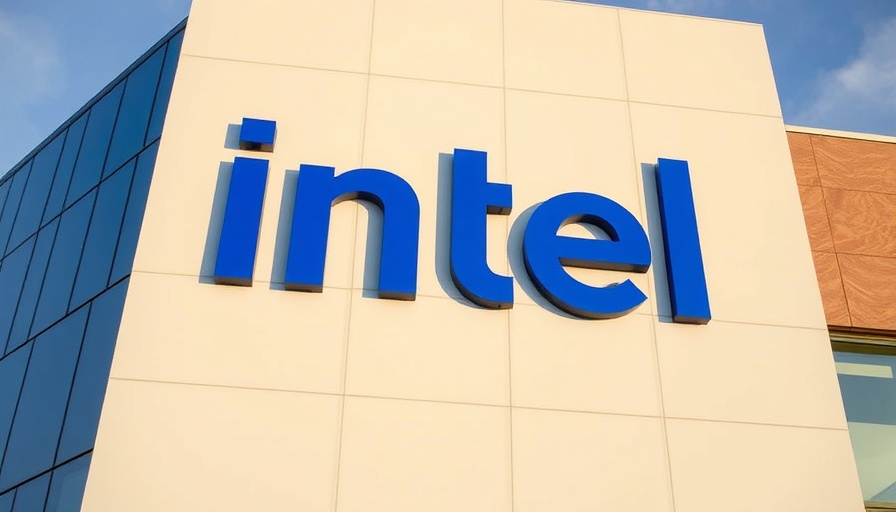
Intel's Strategic Move in the AI Era
In a bid to maintain its market dominance amid the rising competition from AMD and ARM, Intel has launched its latest Xeon 6 processors, specifically designed to capitalize on the burgeoning demand for AI capabilities in data centers. With the launch of Xeon 6 models, including the 6500 and 6700 series, Intel aims to showcase a significant advancement in performance and efficiency.
Performance Metrics That Matter
Intel's new Xeon 6 chips are engineered to outperform AMD's newest x86 CPUs, the 9005, in specific workloads crucial to AI processing. Intel claims that with fewer cores, its chips can deliver up to 50% higher AI performance, suggesting that efficiency will be a key factor for enterprises transitioning to AI solutions. This claim is backed by their versatile chip architecture which offers a combination of performance and energy-efficient cores designed to meet diverse operational needs.
AI-Friendly Features of Xeon 6
One notable feature of the Granite Rapids Xeon 6 processors is the incorporation of Advanced Matrix Extensions (AMX). These specialized operations are vital for facilitating AI workloads, as they enhance the computational efficiency necessary for complex AI tasks. By enabling faster matrix multiplications, the Xeon 6 chips not only accelerate performance but also solidify Intel's foothold in the AI domain, appealing to cloud computing giants and enterprises alike.
Shifting Tides in the Chip War
The competitive landscape is characterized by AMD’s increasing market share, particularly in the server segment. While Intel has traditionally dominated, recent revenue figures indicate that AMD has made substantial gains, raising the stakes for the Xeon 6. According to analysts, despite AMD's advancements, Intel's new offerings have leveled the playing field, potentially stalling AMD’s momentum in traditional enterprise markets.
Empowering Enterprises with Performance Insights
For decision-makers evaluating infrastructure investments, Intel's Xeon 6 brings tangible benefits, such as potential total cost of ownership savings with impressive performance metrics. With claims of enabling server consolidations of up to ten-to-one, organizations can anticipate significant reductions in overhead while maintaining high performance across databases, virtualization, and AI tasks.
What Lies Ahead for Intel and Its Competitors
As AI computing proliferates, Intel's focus on enhancing processing capabilities will be critical. The ongoing push to refine features such as AI inferencing via the updated Xeon 6 lines demonstrates how Intel is not just responding to competition but is attempting to drive the narrative in AI processor capabilities. In this fast-evolving landscape, both Intel and AMD are expected to continue innovating aggressively to capture the growing demand.
Final Thoughts and Implications for Business Leaders
This surge in processor capabilities indicates a pivotal moment for organizations looking to integrate AI into their operations. With Intel’s refined approach, businesses need to reassess their strategies concerning data center upgrades, AI capability enhancements, and cost-management systems. A targeted investment in Xeon 6 processors could provide significant return on investment, particularly for enterprises aiming to stay ahead in the competitive landscape.
As organizations evaluate their tech stacks, understanding the implications of these advancements is crucial. Engaging with this information equips leaders with insights necessary for informed, strategic decisions.
 Add Row
Add Row  Add
Add 


Write A Comment